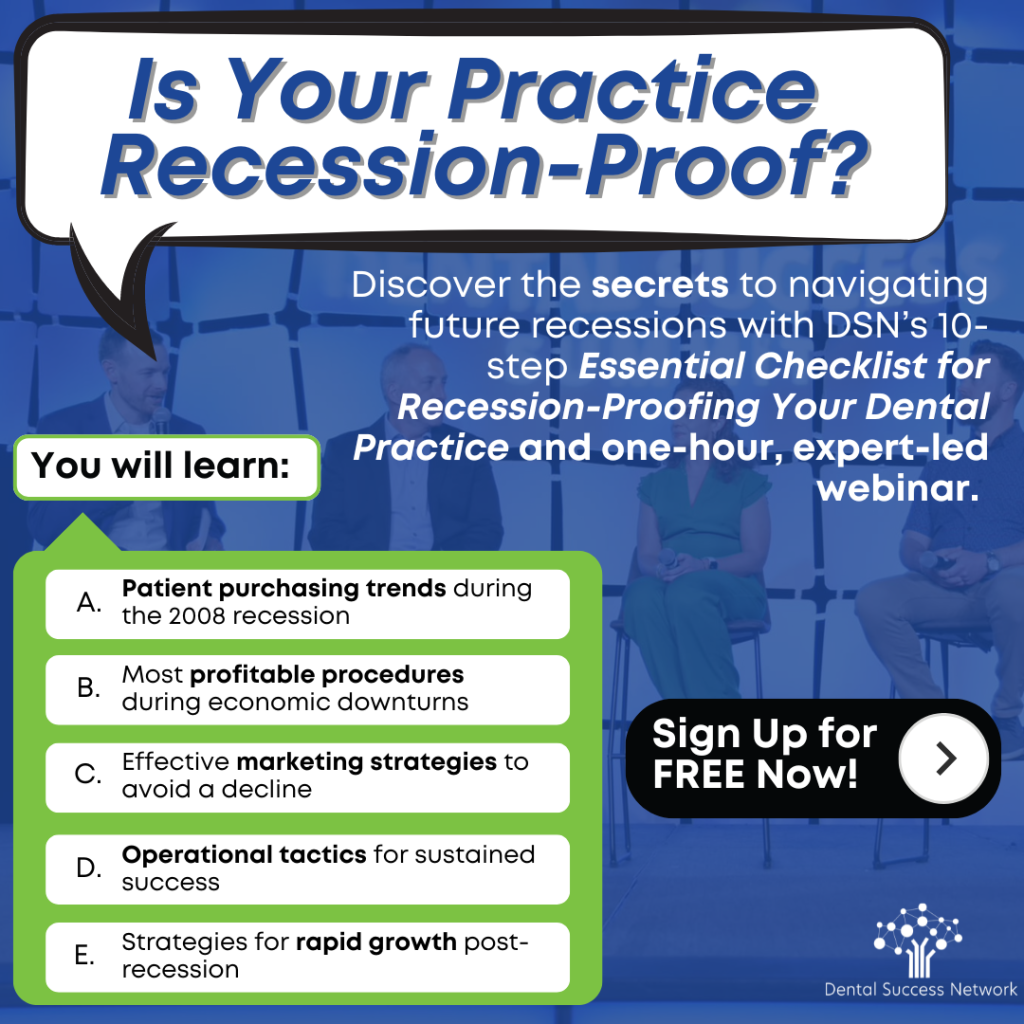Is it really that hard to get patients to say yes to treatment? Not when you have the right approach. Here’s how we can make the process smoother and more successful.
1. Simplifying the Insurance Maze
Understanding a patient’s insurance is more than just a necessary task—it’s a strategic advantage. When we can confidently explain insurance coverage and out-of-pocket costs, patients are more likely to see the value in their treatment plan. The key is to simplify the information, so they aren’t overwhelmed with jargon.
1. Simplifying the Insurance Maze
Understanding a patient’s insurance is more than just a necessary task—it’s a strategic advantage. When we can confidently explain insurance coverage and out-of-pocket costs, patients are more likely to see the value in their treatment plan. The key is to simplify the information, so they aren’t overwhelmed with jargon.
Script Example:Coordinator: “Great news! Your insurance will cover a portion of the crown for that fractured tooth. After checking your benefits, here’s what we found: Your insurance will cover X amount, and your portion will be Y. Let’s make sure we maximize those benefits for you.”
2. Taking a Positive Approach vs. a “Sucks to be You” Approach
How we present treatment plans can make all the difference. Avoid negative or limiting language that might discourage patients, like “This is expensive” or “Your insurance may not cover this.” Instead, focus on the positive impact of the treatment and how it aligns with the patient’s goals. Use their own words and concerns to reinforce the value of the treatment.
How we present treatment plans can make all the difference. Avoid negative or limiting language that might discourage patients, like “This is expensive” or “Your insurance may not cover this.” Instead, focus on the positive impact of the treatment and how it aligns with the patient’s goals. Use their own words and concerns to reinforce the value of the treatment.
Script Example:
Coordinator: “Here’s how we can get you out of pain and decrease the chances of you experiencing pain in the future.”
3. Offering Flexible Financing Options
Payment can be a significant concern for patients, but it doesn’t have to be a barrier. By offering third-party financing options, we can make treatment more accessible and manageable. Present these options in a way that aligns with the patient’s financial comfort zone.
Script Example:Patient: “Oh this is more than I expected.”Coordinator: “I understand but don’t worry to fit your treatment into your budget, we can set up monthly payments using Sunbit. I just text you a link to get started.”
4. Addressing the Patient’s Chief Concern
Focusing on the patient’s main concern is crucial in gaining their trust and commitment. Whether it’s pain relief or cosmetic improvement, tailor your conversation to show how the treatment will directly address their needs.
Focusing on the patient’s main concern is crucial in gaining their trust and commitment. Whether it’s pain relief or cosmetic improvement, tailor your conversation to show how the treatment will directly address their needs.
Script Example for a Toothache:Coordinator: “I know that toothache has been really uncomfortable for you. Our recommended treatment will not only relieve your pain but also help prevent future issues. Let’s get you back to feeling your best.”Script Example for Teeth Whitening:Coordinator: “You mentioned wanting to enhance your smile with teeth whitening. We have several options that can give you the bright, confident smile you’re looking for. Let’s find the best one for your lifestyle.”
5. Empathy, Energy, and Edification
Empathy, energy, and edification are the pillars of effective patient communication. Show that you understand their concerns, convey enthusiasm for the positive outcomes, and reinforce the credibility of your dental team.
Script Example (Empathy):Coordinator: “I completely understand that dental visits can be stressful. We’re here to make this as comfortable as possible and support you every step of the way.”Script Example (Energy):Coordinator: “I’m excited about the impact this treatment will have on your health and well-being! It’s going to make a big difference.”Script Example (Edification):Coordinator: “Dr. Smith has over a decade of experience with these treatments and has helped countless patients achieve great results. You’re in excellent hands!”
Until next time,
Sydney Robinson
Executive Director of Operations
Dental Success Companies
P.S. If you haven’t registered yet, register HERE for Front Office Academy’s 2-day OM workshop from Nov. 1st-2nd. Gear up for a tactical 2-day Office Manager workshop focusing on building a profitable insurance department. Leaders will learn the latest leadership techniques that will allow you to empower and lead your team members instead of managing them.
Sydney Robinson
Executive Director of Operations
Dental Success Companies
P.S. If you haven’t registered yet, register HERE for Front Office Academy’s 2-day OM workshop from Nov. 1st-2nd. Gear up for a tactical 2-day Office Manager workshop focusing on building a profitable insurance department. Leaders will learn the latest leadership techniques that will allow you to empower and lead your team members instead of managing them.




